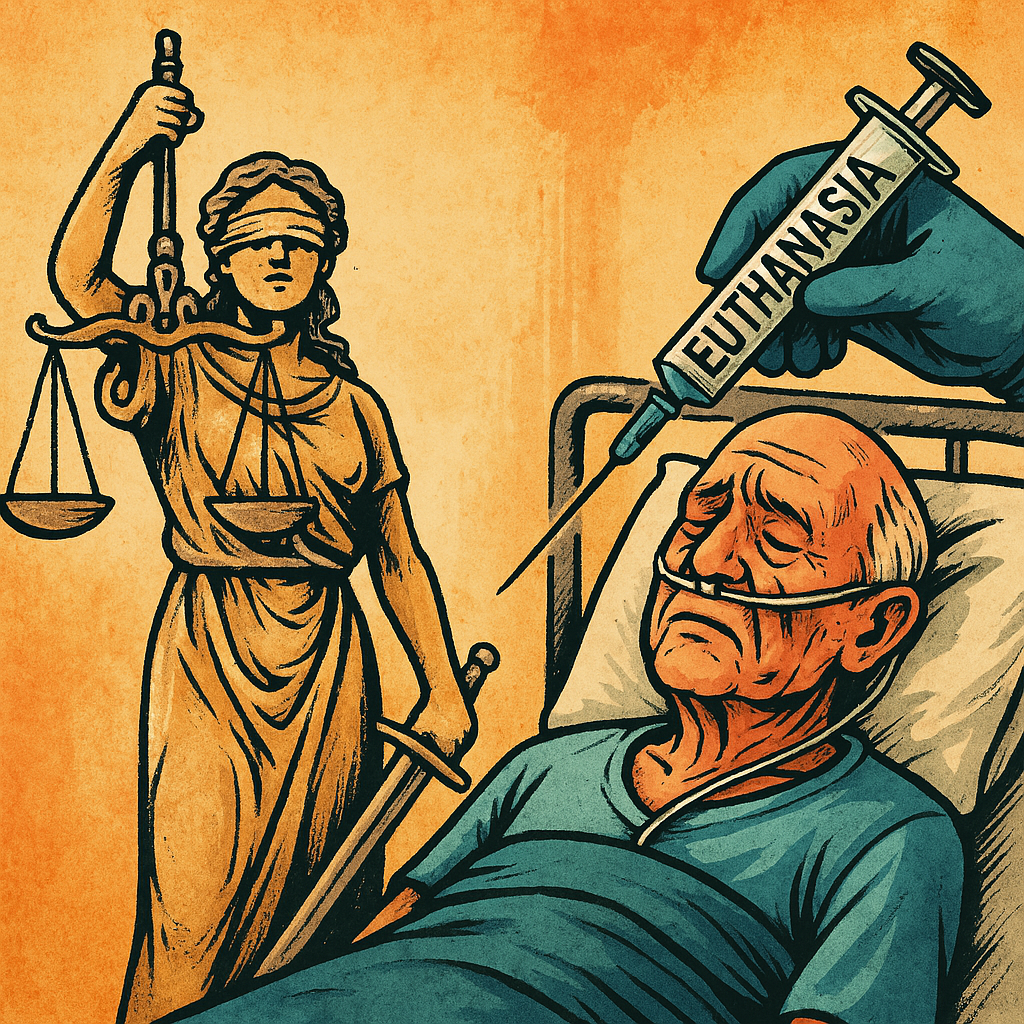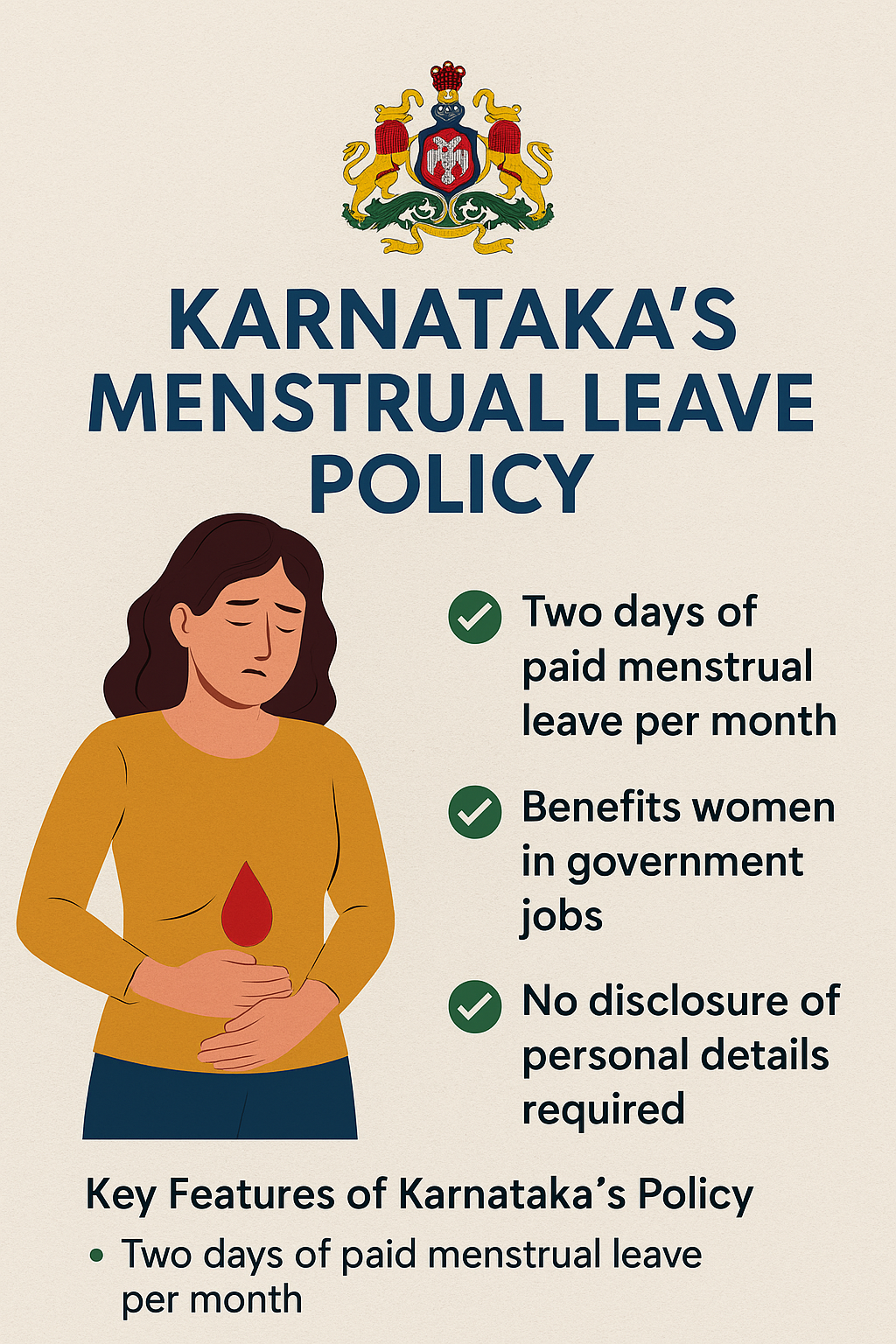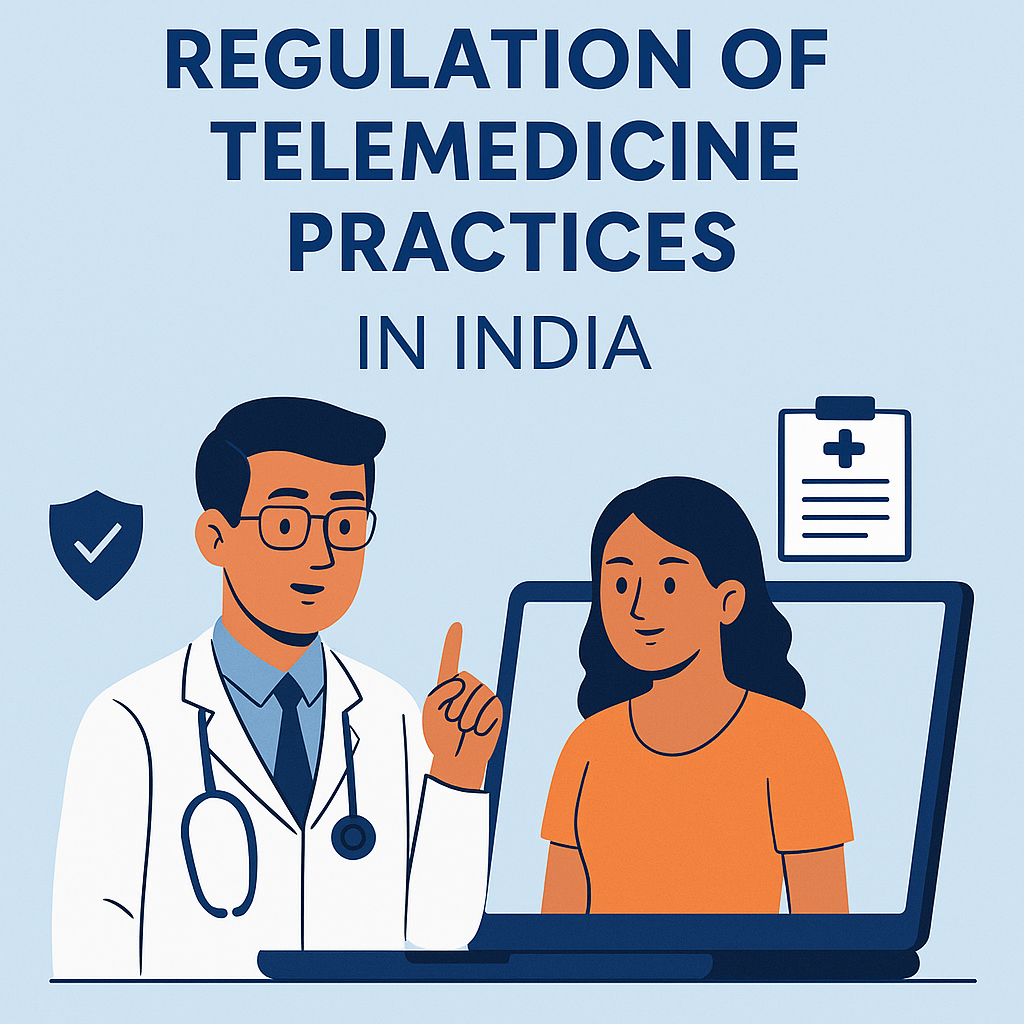Personal Injury Law FAQs under Personal Injury
📌 Personal Injury Law: Frequently Asked Questions (FAQs)
Personal Injury Law deals with civil claims arising from injuries caused to a person due to someone else’s negligence, intentional act, or strict liability. The law allows the injured person to claim compensation for medical expenses, lost wages, pain and suffering, and other damages.
1. What is Personal Injury?
Definition: Injury to the body, mind, or emotions caused by another person’s negligence, recklessness, or intentional wrongdoing.
Types of personal injuries:
Physical injury (fractures, burns, cuts)
Emotional/psychological injury (PTSD, depression)
Damage to reputation (defamation can overlap)
Example Case:
Donoghue v. Stevenson (1932, UK House of Lords)
Established the modern duty of care principle in negligence. A person is responsible for harm caused to others if foreseeable.
2. What Legal Principles Apply?
Personal Injury claims usually arise under tort law, mainly:
Negligence: Most common basis.
Elements:
Duty of care owed by defendant to plaintiff
Breach of duty
Causation (link between breach and injury)
Damages suffered by plaintiff
Palsgraf v. Long Island Railroad Co. (1928, US)
Duty of care extends to those foreseeably affected by one’s actions.
Strict Liability: No need to prove negligence; liability arises if defendant engaged in dangerous activity (e.g., keeping wild animals).
Intentional Torts: Assault, battery, false imprisonment, or defamation causing personal injury.
3. Who Can File a Personal Injury Claim?
The injured person or, in case of death, legal heirs.
In case of minors or incapacitated persons, a legal guardian can file the claim.
Example Case:
Jacobs v. London Transport Executive (1970, UK)
Parents successfully claimed compensation on behalf of their child injured in a bus accident.
4. Common Types of Personal Injury Cases
Road Traffic Accidents (RTA)
Injuries from car, bike, or pedestrian accidents.
Case: National Insurance Co. Ltd. v. Pushpa Devi (1991, India) – Motor accident claim upheld, compensation awarded for medical expenses.
Workplace Injuries
Accidents at work due to employer negligence.
Case: Employees State Insurance Corporation v. Ram Chand (1995, India) – Employer held liable for failure to maintain safety measures.
Medical Negligence
Doctor or hospital fails in duty of care.
Case: Rogers v. Whitaker (1992, Australia) – Doctor liable for not disclosing risks leading to injury.
Product Liability
Injuries caused by defective products.
Case: Donoghue v. Stevenson (1932, UK) – Woman sickened by contaminated drink; manufacturer liable.
Premises Liability
Injuries due to unsafe property conditions.
Case: Rylands v. Fletcher (1868, UK) – Landowner strictly liable for hazardous conditions causing injury.
5. What Damages Can Be Claimed?
Special damages (quantifiable): Medical bills, lost wages, rehabilitation costs.
General damages (non-quantifiable): Pain and suffering, emotional distress, loss of enjoyment of life.
Punitive damages (rare in India, common in US): To punish grossly negligent or malicious acts.
Case Example:
Kasturi Lal v. State of U.P. (1965, India) – Compensation awarded for mental and physical suffering due to police negligence.
6. Time Limits
Personal injury claims are subject to limitation periods.
India: Typically 3 years under Limitation Act, 1963 for tort claims.
Exceptions exist for minors or incapacitated persons.
Case Example:
Union of India v. Ibrahim (2005, India) – Court allowed delayed filing due to disability of the claimant.
7. Defenses in Personal Injury Cases
Contributory negligence: Plaintiff partly responsible.
Assumption of risk: Plaintiff knowingly exposed themselves to danger.
No causation: Injury not caused by defendant’s action.
Case Example:
Froom v. Butcher (1976, UK) – Compensation reduced due to plaintiff not wearing a seatbelt.
✅ Key Takeaways
Personal injury law compensates individuals harmed by negligence, intentional acts, or hazardous conditions.
Duty of care and causation are the cornerstones of negligence claims.
Employees, consumers, or any injured person can claim damages, including both economic and non-economic losses.
Courts balance plaintiff rights and defenses to ensure fair compensation.
Limitation periods and statutory protections vary by jurisdiction.











0 comments